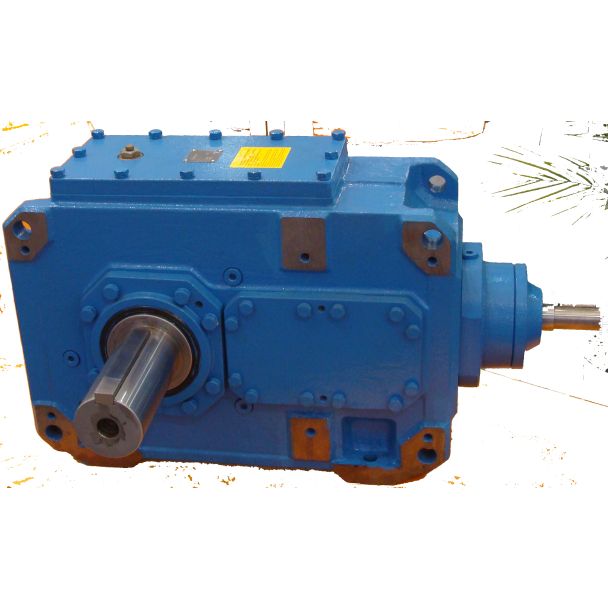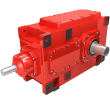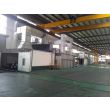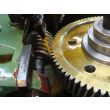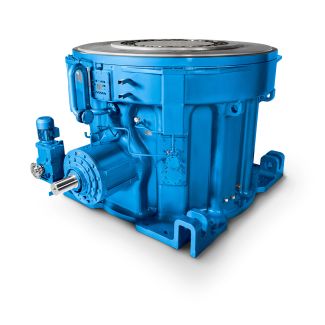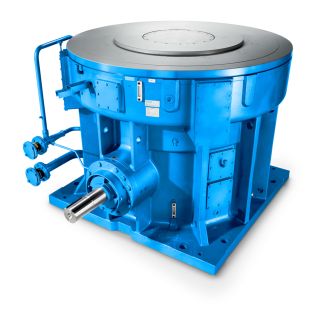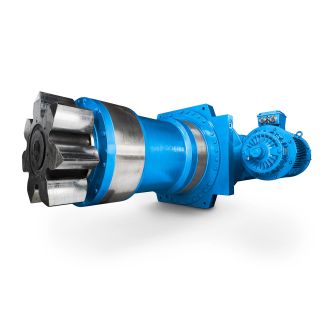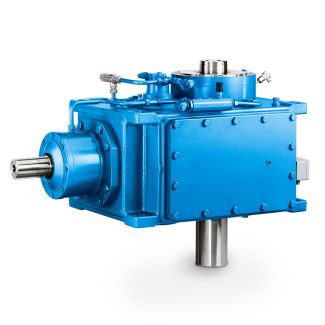Bevel-helical gear box B4 ued Minimum speeds for labyrinth seals x Labyrinth B4DH-10-C
In stock
SKU
B4DH-10-C
$21,964.29
Flender/Flender Gear Units/Bevel-helical gear box B4
ttenfall conveyors, and has also been integrated in the new coal conveyor. Furthermore, gentle start-up of the belt conveyor avoids mechanical peak loads on the belt. The converter changes the speed and torque accord-ing to defined ramp. These peak loads
mechanical peak loads on the belt. The converter changes the speed and torque accord-ing to defined ramp. These peak loads  from non-steady-state operation also impact the dimensions of the compo - nents. If peak loads are avoided, Overland conveyor at
from non-steady-state operation also impact the dimensions of the compo - nents. If peak loads are avoided, Overland conveyor at  an open-pit mine, Reichwalde, Germany3MineralsFocus 2/2 | Mining belt with lower tensile strength can be used, which considerably reduces the
an open-pit mine, Reichwalde, Germany3MineralsFocus 2/2 | Mining belt with lower tensile strength can be used, which considerably reduces the  investment costs. At the same time, optimization of the start-up, especially in the non-steady-state periods, can stop the conveyor belt from lifting up in certain areas, which prevents further peak loads during start-up. This is espe- cially important, since the topography in the Reichwalde open-pit mine with its many concave sections poses particular challenge. In normal operations, with the help of the converter and the defined ramp, the belt conveyor is stopped. Consequently, the brakes are not used, which translates into considerably higher lifetime for the brake pads. The brakes are therefore only designed for emergency situations. In normal operations they are employed at about 5 percent of the nominal speed. This is necessary to avoid the brakes from rusting. In effect, the brakes have the function of holding brake. Improvement in dynamic behavior With longer belt conveyors, especially during start-up, translatory vibrations often occur. These vibrations represent high additional load for the entire facility. With variable drive, the start-up ramp can be designed so that there are no translatory vibrations. During commissioning, Siemens engineers measured the natural fre-conveyor belt and the drive pulley. This type of relative motion always leads to increased wear on the pulley laggings. The drive control software now monitors the load distribution and compensates deviation so that the required perform
investment costs. At the same time, optimization of the start-up, especially in the non-steady-state periods, can stop the conveyor belt from lifting up in certain areas, which prevents further peak loads during start-up. This is espe- cially important, since the topography in the Reichwalde open-pit mine with its many concave sections poses particular challenge. In normal operations, with the help of the converter and the defined ramp, the belt conveyor is stopped. Consequently, the brakes are not used, which translates into considerably higher lifetime for the brake pads. The brakes are therefore only designed for emergency situations. In normal operations they are employed at about 5 percent of the nominal speed. This is necessary to avoid the brakes from rusting. In effect, the brakes have the function of holding brake. Improvement in dynamic behavior With longer belt conveyors, especially during start-up, translatory vibrations often occur. These vibrations represent high additional load for the entire facility. With variable drive, the start-up ramp can be designed so that there are no translatory vibrations. During commissioning, Siemens engineers measured the natural fre-conveyor belt and the drive pulley. This type of relative motion always leads to increased wear on the pulley laggings. The drive control software now monitors the load distribution and compensates deviation so that the required perform| Model Type | Bevel-helical gear box B4 |
|---|---|
| Gear Type | Bevel Helical Gear |
| Weight (kg) | 1025.000000 |
| Ratio Range | 1 : 100…400 |
| Low Speed Output | Hollow shaft with shrink disk |
| Nominal Torque | 44200 Nm |
| Mounting Arrangements | Horizontal mounting position |
| Manufacturer | Flender Macneill Gears Ltd. |
| Country of Manufacture | China |
| Data Sheet & Drawings | Bevel-helical gear box B4 ued Minimum speeds for labyrinth seals x Labyrinth B4DH-10-C |
